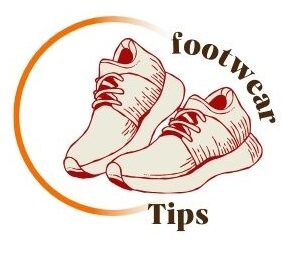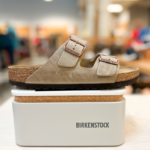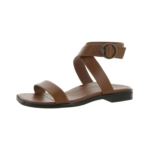Address:
- 2365 Hood Avenue, San Diego, CA, 92123
To help bunions without surgery, try wearing comfortable shoes and using bunion pads for relief. Additionally, you can apply ice packs to reduce inflammation and do toe exercises to strengthen the muscles around the bunion.
Avoid high heels and tight shoes to prevent aggravating the condition further. Opt for wide-toed shoes that provide ample space for your toes. Lastly, consider using orthotic inserts for better foot support and alignment. By following these tips and making simple lifestyle changes, you can manage bunions effectively without opting for surgery.
Discover effective non-surgical methods to alleviate bunion pain and discomfort. From proper footwear to custom orthotics, explore conservative treatments to help manage bunions without resorting to surgery. Prioritize foot health and comfort through proactive care and lifestyle adjustments.
Bunions are a common foot problem that can cause discomfort and even pain. They often appear as a bony bump at the base of the big toe, and in severe cases, they can cause the big toe to point towards the other toes. While surgery is an option to correct bunions, there are also non-surgical methods to help alleviate the pain and discomfort associated with them. In this article, we will explore the basics of bunions, including what causes them, their symptoms, and long-term effects.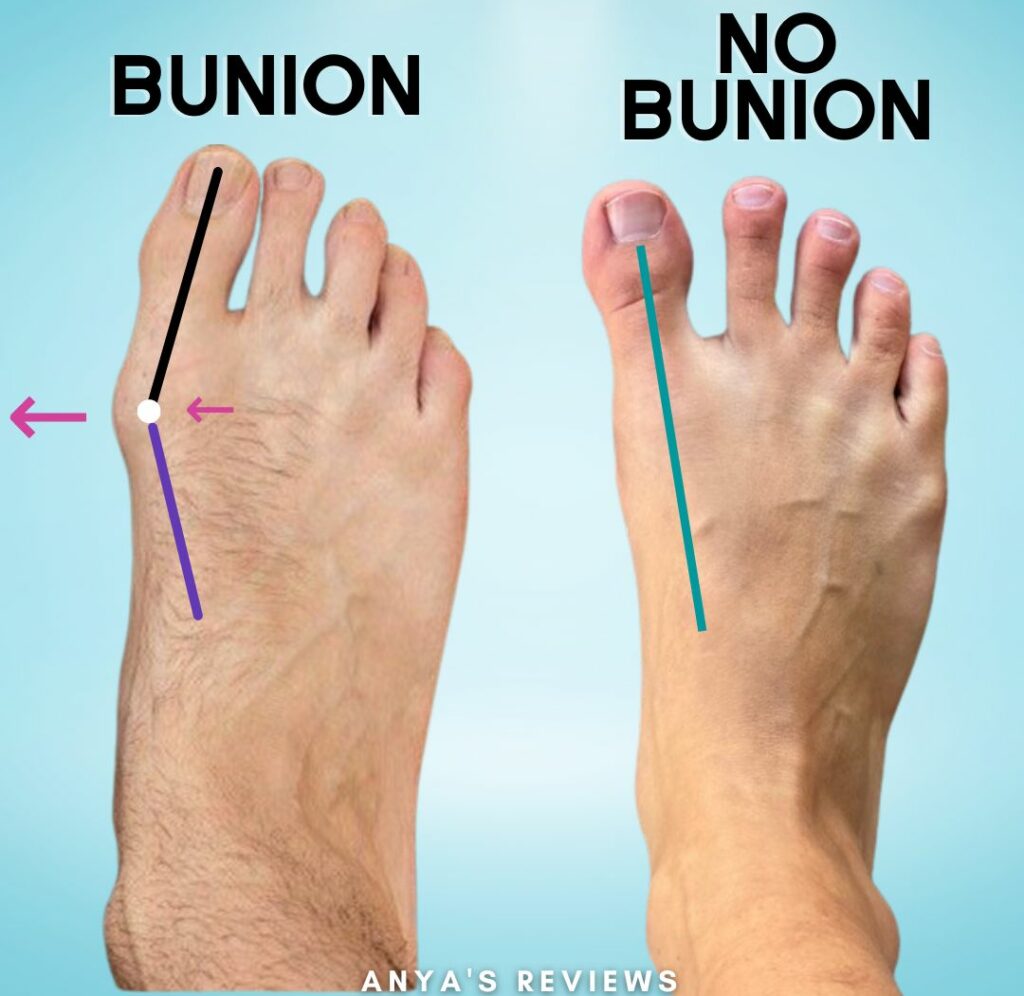
Credit: anyasreviews.com
Bunions can cause discomfort and affect mobility, but there are steps you can take to manage them without resorting to surgery. Recognizing the need for care is the first step in addressing bunions effectively. By understanding when to seek help and assessing the severity of your bunion, you can take proactive measures to alleviate discomfort and prevent further progression.
If you experience persistent pain, swelling, or redness around the base of your big toe, it’s important to seek professional help. Additionally, if your bunion is interfering with your daily activities or causing difficulty in finding suitable footwear, consulting a healthcare provider is essential.
It’s crucial to assess the severity of your bunion to determine the appropriate course of action. Factors to consider include the angle of the big toe, the extent of pain and swelling, and any limitations in movement. By accurately gauging the severity, you can make informed decisions about managing your bunion without surgery.
Bunions can be painful and uncomfortable, but surgery isn’t the only option for relief. Non-surgical remedies can provide effective ways to manage the symptoms and reduce discomfort. Here are some non-surgical treatments that can help alleviate the pain and discomfort associated with bunions.
Applying ice to the affected area can help reduce inflammation and alleviate pain. Wrap a few ice cubes in a cloth and gently apply it to the bunion for 15-20 minutes several times a day. This can provide temporary relief from the discomfort associated with bunions.
Essential oils such as lavender, peppermint, and eucalyptus can be used to soothe the discomfort caused by bunions. Mix a few drops of the essential oil with a carrier oil such as coconut or almond oil and gently massage it into the affected area. The natural properties of these oils can help reduce inflammation and provide relief from pain.

Credit: www.neufoot.com
When it comes to managing bunions without surgery, the right footwear can make all the difference. Wearing the wrong shoes can exacerbate bunion pain and discomfort, while choosing the right ones can alleviate symptoms and promote foot health. In this article, we will explore the importance of footwear in managing bunions and provide tips on how to choose the right shoes and avoid common footwear mistakes.
When selecting shoes to help with your bunions, there are a few key factors to consider:
While choosing the right shoes is important, it’s equally crucial to avoid common footwear mistakes that can aggravate bunions. Here are a few to keep in mind:
By choosing the right shoes and avoiding common footwear mistakes, you can effectively manage your bunions without resorting to surgery. Remember to prioritize comfort, support, and proper fit when selecting footwear, and always listen to your body’s needs. With the right shoes, you can take a step towards bunion relief and improved foot health.
Bunions can cause significant discomfort and impact your daily activities. If you’re looking for a non-surgical option to help manage your bunions, orthotic intervention can be an effective solution. Orthotic devices are designed to provide support, alignment, and relief for bunions, helping you maintain mobility and reduce pain.
Orthotic devices play a crucial role in addressing bunions by providing support and alignment to the affected area. By redistributing pressure and providing cushioning, these devices help relieve pain and prevent further progression of the condition.
When considering orthotic intervention for bunions, you have the option to choose between custom and over-the-counter orthotic devices. Custom orthotics are specifically tailored to your foot’s unique shape and provide personalized support, while over-the-counter options offer a more affordable and readily available alternative. Both options can effectively alleviate bunion discomfort, but custom orthotics may offer a more precise fit and targeted support.
1. Perform toe scrunches to strengthen the muscles around the bunion.
2. Try toe stretches to improve flexibility and reduce stiffness.
3. Practice calf raises to strengthen the muscles in your lower legs.
1. Use a tennis ball to roll under your foot for massage and circulation.
2. Perform ankle circles to improve flexibility in the foot and ankle.
3. Try towel scrunches to strengthen the toes and improve circulation.
Maintain a healthy weight to reduce pressure on your feet.
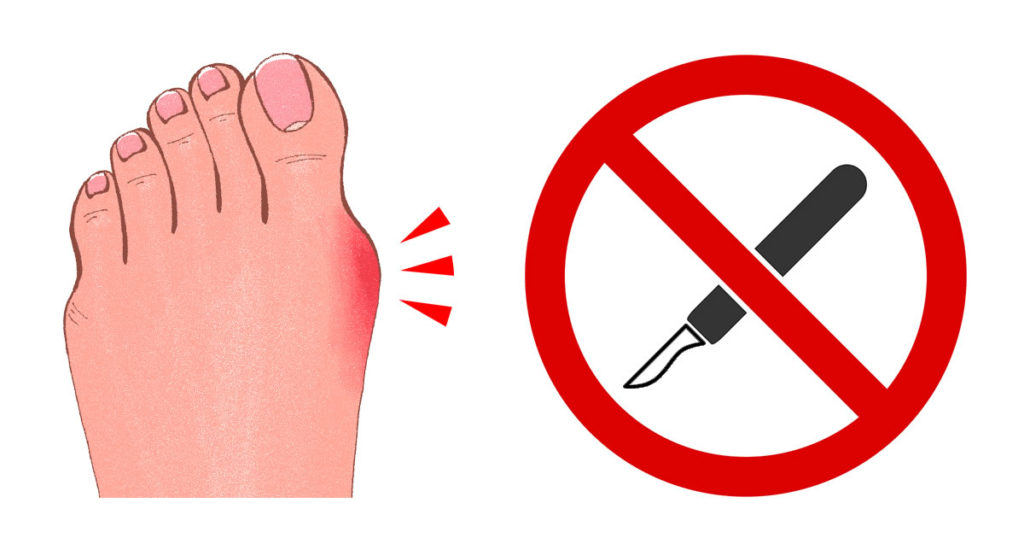
Credit: www.softstarshoes.com
Considering alternatives to surgery for bunions is crucial. Non-surgical options like orthotics, padding, and shoe modifications can help alleviate discomfort and slow down the progression of bunions. It’s important to explore these options before making a decision about surgery.
When to Reconsider Surgery —————————Signs Your Bunions Need Surgical InterventionIf pain persists despite non-surgical methods Limited mobility impacting daily activitiesUnderstanding the Surgical OptionsVarious procedures available based on severity Consult with a podiatrist for personalized recommendationsBunionectomy: Removal of the bony protrusion Osteotomy: Correction of bone alignment Arthrodesis: Fusion of joints for stabilizationConsider surgery as a last resort after exhausting conservative measures.Wearing comfortable shoes, using bunion pads, and applying ice can help relieve pain. Stretching exercises and avoiding high heels can also help. Consult with a podiatrist for custom orthotics or pain medication options.
Unfortunately, bunions cannot be reversed without surgery. However, practicing good foot hygiene and wearing proper shoes can prevent the progression of bunions.
Shoes with a wide toe box, good arch support, and a low heel are best for bunions. Look for shoes made of soft materials and avoid narrow or pointed toe shoes.
Wearing proper shoes, practicing good foot hygiene, and doing exercises to strengthen the foot muscles can help prevent bunions from getting worse. Avoid high heels and narrow-toed shoes.
There are various non-surgical approaches available to alleviate bunion pain and discomfort. By incorporating proper footwear, using orthotic devices, practicing foot exercises, and applying ice or heat therapy, you can effectively manage your bunions without resorting to surgery. It’s essential to consult with a healthcare professional for personalized advice and treatment options.
Remember, taking proactive steps to care for your feet can greatly improve your overall quality of life.
Get our most valuable tips right inside your inbox, once per month!
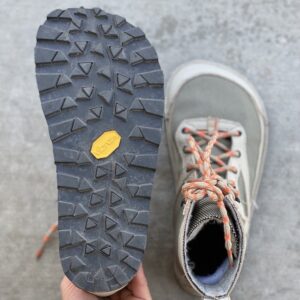
Looking for walking shoes with a wide toe box? Check out these top options for men and women that offer comfort, support, and a roomy

Looking for cheap barefoot shoes? Check out WHITIN Men’s Ultra-ventilated Barefoot Shoes for $19.99 on Amazon.com or Men’s Quick-dry Barefoot Shoes for $8.47 on Temu.
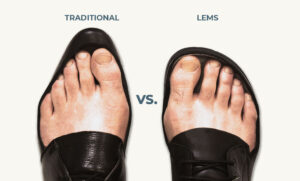
Foot-shaped shoes are available in various brands such as Lems Shoes, Padgene, Barekick, WHITIN, relxfeet, Xero Shoes, New Balance, Earthing Harmony, Atoms, BRONAX, Hike Footwear,

Toddler Barefoot Shoes provide a minimalist and lightweight option for kids to splay their feet naturally while walking, running, or playing sports. These shoes have
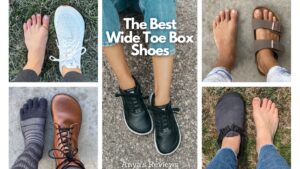
Discover a variety of wide toe box shoes for women in Austin, Texas, including options from Orthofeet, WHITIN, Temu, and more. These shoes offer comfort
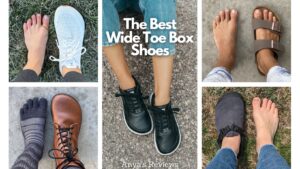
Toe box shoes provide ample space for the toes, allowing them to move freely and comfortably. They are available in various styles and sizes, with
